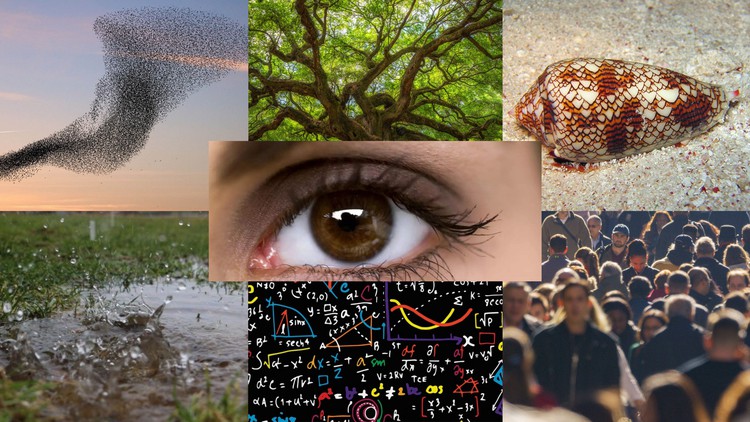
Observe something in nature, think and model it on a computer to analyze its evolution in time.
What you will learn
How to translate natural phenomena into computer programs
Formulate hypotheses to be tested with simulations
Modelling and simulations on a computer
Cellular Automata, Boolean Network, L-System, Fractals, Ordinary Differential Equations, Complex Networks, Bayesian Networks
Description
A unique course that will lead you through the basics of modelling nature on a computer.
In this course, you will learn what it means to model nature in general and, more in specific, how to use computer science tools like coding and algorithms to simulate such phenomena on a computer. You will learn basic ideas of systems modelling, complex systems and simulation.
We will go through a series of worked examples to see how to think and how to use coding and computer programming to answer the following questions:
- How does a population evolve in time?
- Are all mathematical formulations predictable?
- How does seashells’ drawing form, can we simulate it?
- How can we simulate the dependency of one neuron on other N-neurons?
- How trees and branches grow?
- How two species interact and influence each other?
- How birds form shapes and flocks in the sky?
- How can we represent, model and analyze connections among individuals?
- How does the probability of one event can influence another event?
Topics in the course: Iterated functions, logistic map, chaos, stability, cellular automata, boolean networks, l-systems, formal grammars, fractals, ordinary differential equations, complex systems and networks, agent based modelling, bayesian networks, causality
——
It was a big effort to implement this course. It took me a long time to develop everything and select the topics to talk about. It was not easy to select material and talk over the videos within two hours of time. I apologize for possible mistakes or over simplifications, I did the best I could with my spare time. I hope you will find the content of this course a good starting point to explore more about the multitude of ways you can model natural phenomena.
——-
This course is dedicated to my beloved passed grandmother and my mother, who always believed and believes in me. They always inspired me to be humble with others and respectful of nature, there is no point in studying any science if what you do with it is not beneficial to the common good.
I also dedicated this video to those people who put up with my darkest moments in the past years, which started from a tragic collapse of my future and went through the long pandemic. I apologize for my pits of despair and I thank you for having been my columns, this course is the result of one long years that would have been a lot different without you. Thank you from the depths of my hearth, you will always belong to my small insignificant journey in this marvelous nature.
Content